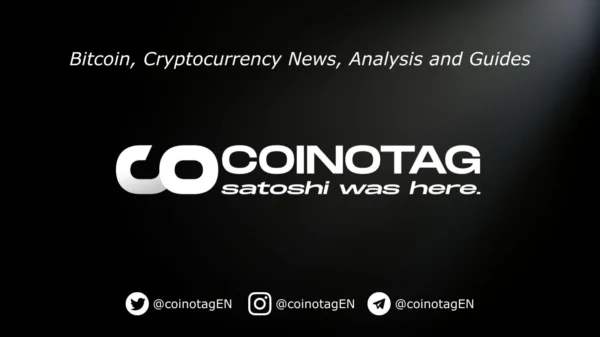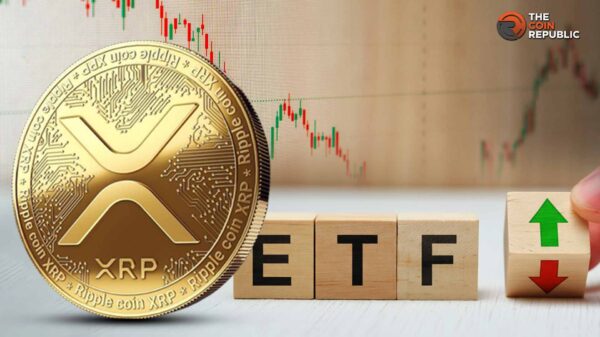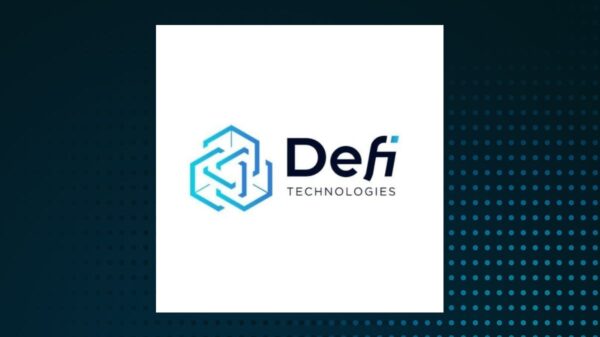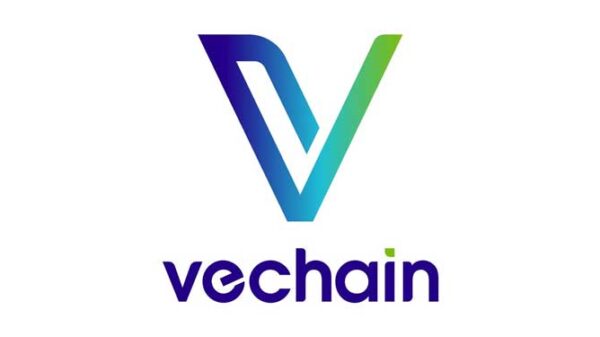VeChain is on the verge of a significant transformation as it shifts from a Proof of Authority (PoA) framework to a Delegated Proof of Stake (DPoS) system. This pivotal change, introduced under the Hayabusa upgrade, is aimed at bolstering decentralization, enhancing security, and ensuring reliable transaction fees for enterprises and developers.
The leadership at VeChain has articulated that this evolution is designed to promote long-term network growth, while also establishing a more engaging framework for users. With the new DPoS mechanism, holders of the native token, VET, will have the opportunity to stake their tokens and delegate them to appointed Validators. These Validators will be responsible for block production and finalization, thereby creating a governance structure that increases user involvement in network operations.
This new structure is expected to translate user participation into shared economic benefits, transforming mere token ownership into a significant form of engagement within the blockchain ecosystem. The initiative to adopt DPoS is driven by three core objectives: effectively scaling the network, enhancing security through broader stakeholder involvement, and fostering active engagement to align incentives for sustainable value creation.
A crucial aspect of the DPoS framework is its stakeholder-centric security model. By linking consensus power to the volume of VET tokens staked, the network seeks to elevate the economic barrier against potential malicious actions. This approach aims to ensure that rewards are distributed to participants actively contributing to the maintenance and support of the ecosystem.
Within the DPoS setup, two essential roles emerge: Delegators and Validators. Delegators will stake their VET tokens in support of Validators, who will then compete for the right to produce the next block based on the total VET delegated to them. This competitive selection process is designed to favor high-performing and trustworthy Validators, thereby reinforcing reliability throughout the system.
Additionally, the new economic model introduces dynamic VTHO rewards. Under this revised structure, only staked VET will generate VTHO through protocol block rewards. These rewards will be shared between Validators and Delegators, establishing a direct link between individual earnings and contributions to the network”s security. This model also aims to mitigate inflationary pressures by tying rewards to actual participation.
For businesses and developers utilizing VeChain, the upgrade is intended to uphold the network”s reputation for low and predictable transaction fees, which is vital for applications catering to mainstream users. New tools like StarGate and VeWorld will be introduced to streamline the staking and delegation processes, ensuring that the transition to DPoS is seamless for builders and users alike.
VeChain encourages current Node holders to migrate to the new system to capitalize on enhanced reward opportunities. As the Hayabusa mainnet launch approaches, stakeholders are urged to participate actively in securing the platform. This transition is expected to solidify the foundation of the VeChain ecosystem, making it more decentralized, secure, and aligned with the community”s interests.
The shift to a DPoS model highlights VeChain”s ongoing commitment to refining blockchain governance and expanding user participation. By empowering VET holders, enhancing competition among Validators, and preserving fee predictability, the network aims to position itself for sustainable growth in the evolving Web3 landscape.





































































